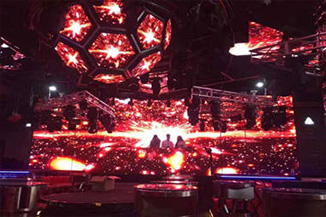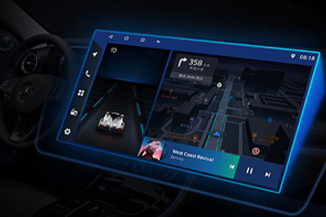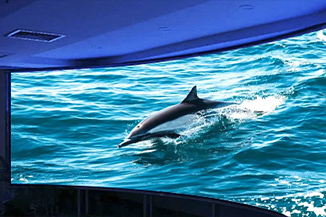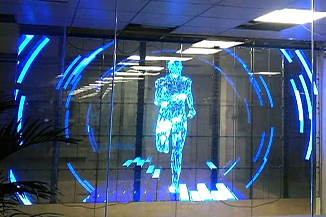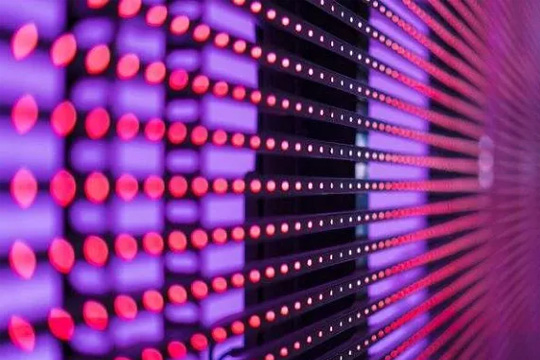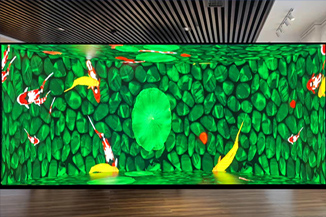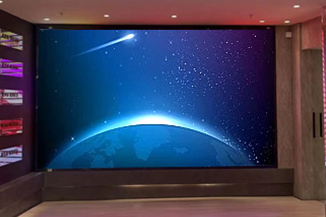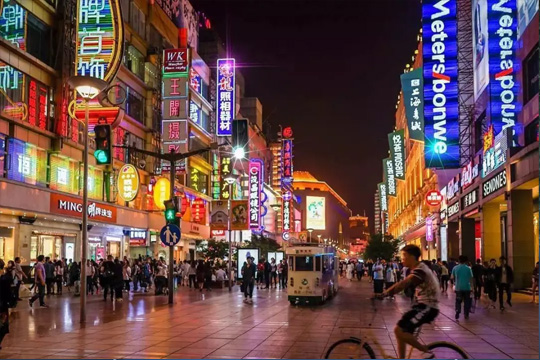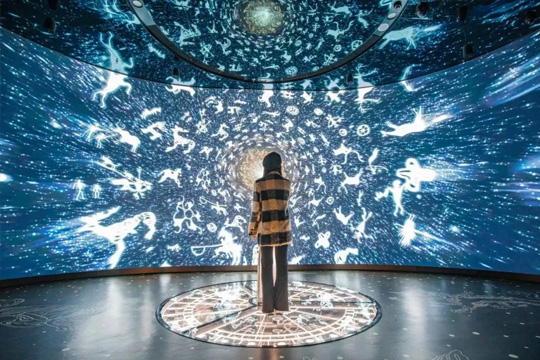Publisher: Supplier of LED Display Time: 2024-11-22 13:59 Views: 852
In today's digital information dissemination of the rapid development of the times, LED display as an efficient, intuitive and very visual impact of the information display tool, is widely used in various fields. Whether it is a busy commercial centre of outdoor advertising screen, or sports venues in the giant live screen, or indoor meeting rooms, shopping malls, stations and other places of information guidance and display screen, LED display screen plays an indispensable role. For many customers with the intention of purchasing, LED display per square metre how much money is undoubtedly one of the most concerned about the core issues, LCF editor will be in this article for you to explore the key factors affecting the price per square metre of LED display.
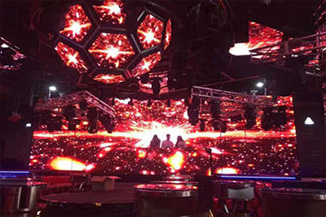
1, pixel pitch (dot pitch)
Pixel pitch refers to the centre distance between two adjacent pixels, usually in millimetres (mm). It is a key indicator that determines the clarity and resolution of the LED display and has a fundamental impact on the price. Generally speaking, the smaller the pixel pitch, the greater the number of pixel points per unit area, the higher the clarity of the display, which can present more detailed and realistic images and video effects, but the corresponding cost will also increase significantly. For example, the common P2, 5 (dot pitch 2, 5mm) LED display, the price per square metre is relatively moderate, suitable for indoor close viewing of the scene, such as conference rooms, exhibition halls, etc.; and P1, 2 (dot pitch 1, 2mm) and smaller spacing of the display, mainly used in the high end of the high requirements of the quality of the picture places, such as television studio, command and control centres, etc., the price per square metre is much higher than the price per square metre. Many.
2, display size and area
The size of the display and the total area is also an important factor affecting the price. Larger size of the display, due to the use of more raw materials, production processes and installation and commissioning of relatively difficult to increase, as well as the rise in transport costs and other reasons, the price per square metre tends to have a certain degree of preferential, but the overall cost is still high. On the contrary, small-sized display although the price per square metre may be relatively high, but the overall procurement cost is lower, applicable to some limited space or relatively tight budget projects.
3, packaging technology and chip brand
LED display packaging technology is directly related to its luminous efficiency, stability and service life. Advanced encapsulation technology can improve the chip's luminous efficiency, reduce light decay, thus enhancing the overall performance of the display. At the same time, the chip brand is also one of the key factors in determining the price. Well-known brands of chips, such as Samsung, LG, Epistar, etc., in terms of luminous efficiency, colour reproduction, reliability and other aspects have obvious advantages, but the price is relatively high. And some second-tier brands or domestic chips, although the price is more affordable, but its performance and stability may be slightly inferior. Therefore, when choosing the chip, customers need to weigh the actual needs of the project and budget.
4, brightness and contrast
Brightness refers to the intensity of light emitted by the LED display in normal operation, usually measured in nits (nit). Different application scenarios have different requirements for display brightness, for example, outdoor sunlight requires high brightness (generally above 5000nit) to ensure clear visibility, while the indoor environment is relatively low (generally around 800-1500nit). Higher brightness displays require the use of higher power LED lamp beads and more advanced drive circuitry, which will undoubtedly increase the cost. Contrast is the ratio of the brightness of the brightest area of the display to the brightness of the darkest area, the higher the contrast, the better the sense of hierarchy and colour vividness of the image. In order to improve contrast, display manufacturers tend to use some special technologies and processes, such as the use of black mask, improve the luminous efficiency of the chip, etc., which will also have a certain impact on the price.
5, refresh rate and grey level
Refresh rate is the number of times per second the LED display updates the image, the unit is hertz (Hz). Higher refresh rate can effectively reduce the image of flicker and shadow phenomenon, so that the movement of the screen more smoothly, especially in the playback of high-speed dynamic video or live sports events, high refresh rate display can provide a better visual experience. Gray level refers to the depth of colour that the display can show, the higher the grey level, the richer and more detailed the colours that the display can show. Generally speaking, the refresh rate of professional-grade LED display is required to be above 1920Hz, and the grey level is above 14bit. In order to achieve high refresh rate and high grey level, the display needs to be equipped with high-performance control system and driver chip, which will also lead to rising costs.
6、Protection level and installation mode
If the LED display is used in the outdoor environment or some special places, such as industrial plants, ports and terminals, etc., it needs to have a high level of protection to prevent dust, rain, moisture, ultraviolet light and other factors on the display caused by damage. Common outdoor display protection grade IP65 or IP67, can meet the general outdoor environment requirements. Display with high protection level in the shell design, sealing process, etc. need to invest additional costs, so the price is relatively high. In addition, different installation methods, such as wall-mounted, suspended, embedded, column-mounted, etc., have different requirements for the structural design of the display and installation accessories, which will also affect the final price. For example, pillar-mounted outdoor screens require the construction of a sturdy support structure, and their cost will be higher than that of general wall-mounted installations.
7, brand and after-sales service
Brand has an important influence in the LED display market. Well-known brands often in product quality, technology research and development, production process, after-sales service and other aspects of a stronger strength and guarantee, the price of its products is relatively high. And some small brands or unknown brands although the price is lower, but there may be unstable product quality, after-sales service is not in place and other risks. Quality after-sales service is crucial for the long-term stable operation of LED display, including regular inspection, fault repair, technical support, supply of accessories. Brand manufacturers are usually able to provide more complete and timely after-sales service, which is part of the reason for the higher price of their products.LCF reminds you that customers should not only focus on the price when choosing the LED display, should also take into account the brand and after-sales service and other factors, in order to ensure that the use of the process of the later worry-free.
The above is the LCF editorial to you to collate the key factors affecting the price per square metre of LED display, I hope to help you, and welcome you to add or correct.LCF is a collection of R & D, intellectual, sales, operation, service in one of the national speciality and new small giant enterprises, national high-tech enterprises. If you need to buy LED electronic display screen friends can also directly contact the LED display manufacturer LCF, the big country brand, trustworthy!
